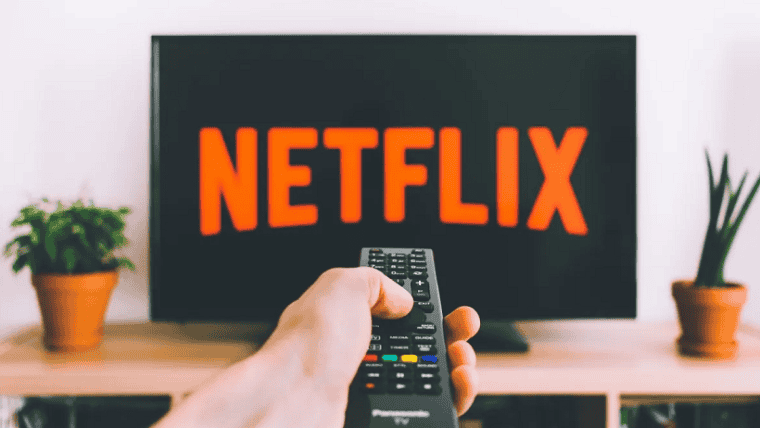Netflix said it is exploring offering a lower-priced, ad-supported version of the platform to boost its subscriber base, after the streaming giant posted its first quarterly subscriber loss in more than a decade.
The move is a significant change for a company that has sold itself since its inception as a commercial-free haven for its members. Netflix is grappling with slowing revenue growth caused by stiffer competition from rival services and rampant account sharing among its customers.
In an interview with an analyst Tuesday to discuss the company’s first-quarter results , Netflix chairman and co-CEO Reed Hastings said an ad-supported version of Netflix makes a lot of sense.
“Those who have followed Netflix know that I have been against the complexity of advertising and I am a big fan of the simplicity of subscription,” Hastings said. “But as much as I am a fan of that, I am a fan more great consumer choice.
Netflix said on Tuesday it ended the first quarter 200,000 fewer subscribers than it had in the fourth, missing its own projection to add 2.5 million customers in the period. Netflix said it expected to lose two million global subscribers in the current quarter.
Netflix shares fell 25% in after-hours trading. Through Tuesday’s close, the stock is down more than 40% year-to-date.
The company blamed password sharing among its members and increased streaming competition for pressuring revenue growth. Netflix estimated that in addition to its nearly 222 million paying households, the service is shared with another 100 million households, including 30 million in the US and Canada.
In its letter to investors, Netflix said it is testing password-sharing subscription models that it believes will allow it to monetize the exchange and generate revenue.
Hastings said password sharing combined with competition “is what we think is driving less acquisition and less growth.” She added that when Netflix was growing rapidly, trying to reduce password sharing was “not a high priority to work on.”
Netflix warned that profits made during the Covid-19 pandemic hid the flaws that have emerged in its business in recent years. “Covid clouded the picture by significantly increasing our growth in 2020, leading us to believe that most of our slowdown in 2021 was due to the advancement of Covid,” the company said in its letter.
In addition to competition and password sharing, Netflix said the growth slowdown reflected factors such as the adoption rate of smart TVs, data costs and global events, including rising inflation, the Russian invasion of Ukraine and the continuing disruption of the pandemic.
As competition grew and programming costs rose, the company recently moved to raise the price of its monthly plans for the first time since 2020.
The growing number of streaming options has made consumers more price sensitive. Netflix is among the few major streaming services that have yet to offer a cheaper, ad-supported option. Walt Disney ‘s Hulu has long done so, while Warner Bros. Discovery ‘s HBO Max and Disney+ have also pushed ad-supported streaming.
Netflix said its plan to straighten itself out will largely focus on improving the quality of its programming and the recommendations the platform provides to its customers to keep them engaged with content and service. Netflix already spends more than any other entertainment provider, with a programming budget expected to top $20 billion this year.
Although Netflix has a number of hit shows, including “Stranger Things,” “Bridgerton” and “The Crown ,” the service has also had its fair share of costly flops recently, including “Jupiter Ascending” and “Space Force.”
“We need to have a ‘Project Adam’ and a ‘Bridgerton’ every month,” Co-CEO and Chief Content Officer Ted Sarandos said during the interview with the analyst.
Around the world, Netflix said its business in Central and Eastern Europe showed the effects of Russia’s attack on Ukraine. Latin America also fell, losing 400,000 subscribers. In the United States and Canada, the company lost 600,000 subscribers, which it attributed to its recent price increase.
The company said it had grown in Japan, India, the Philippines, Thailand and Taiwan.

